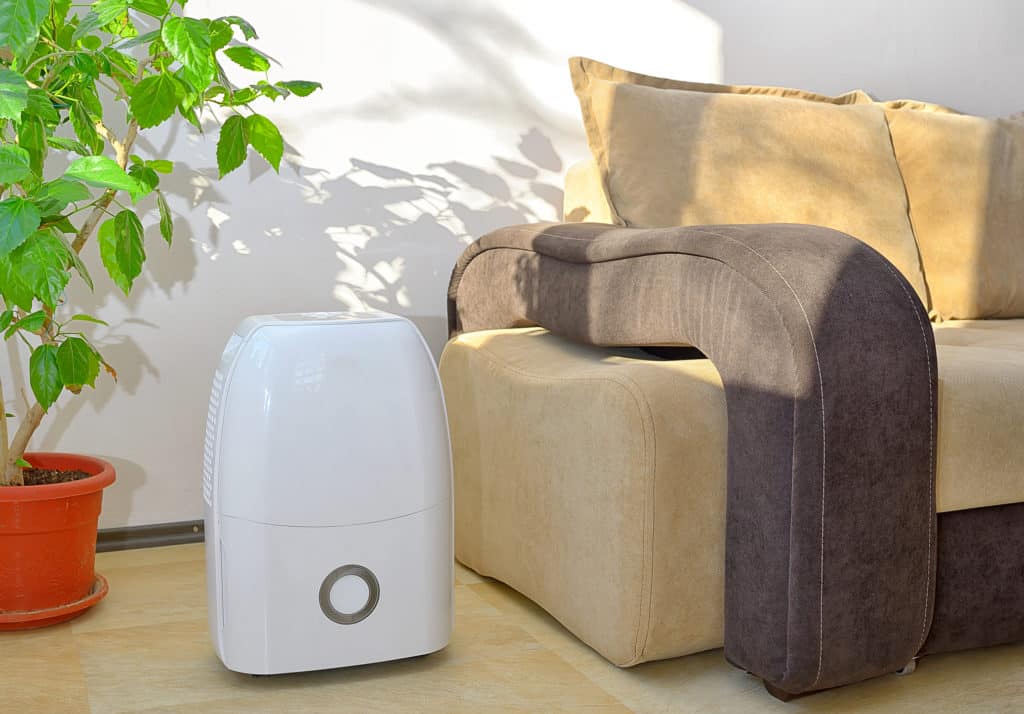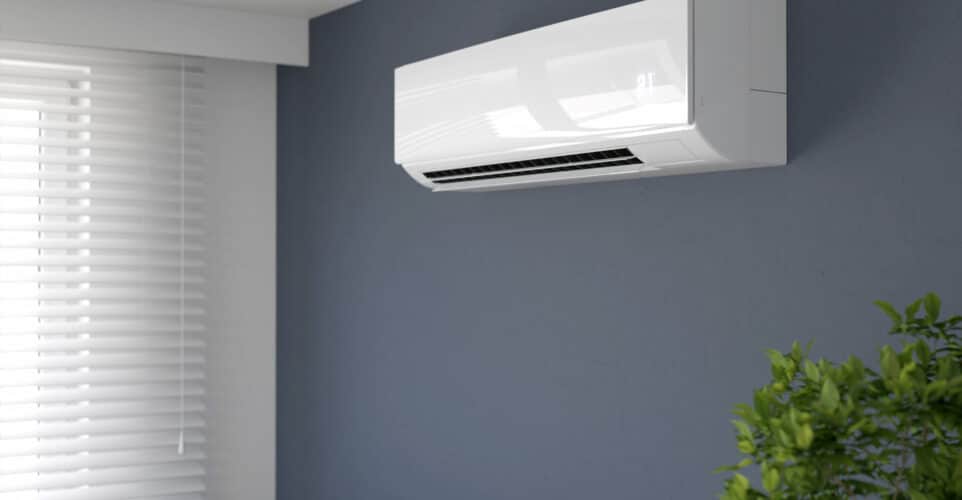In the intricate web of household comfort and maintenance, humidity often remains an underrated player. Yet, its impact on indoor environments is profound, influencing everything from our health to the longevity of our belongings. While temperature control dominates the conversation, understanding and managing humidity levels within our homes can unlock a myriad of benefits. This comprehensive guide aims to explore the multifaceted advantages of maintaining optimal humidity levels indoors and provides practical insights for achieving and sustaining them.
Understanding Humidity

Before delving into the benefits, it’s essential to grasp the concept of humidity. Humidity refers to the amount of water vapor present in the air. It’s commonly expressed as a percentage, representing the relative humidity (RH) compared to the maximum amount of moisture the air can hold at a given temperature. Understanding humidity levels is crucial because both excessive humidity and low humidity can lead to various issues within indoor environments.
The Benefits of Optimal Humidity Levels
Maintaining optimal humidity levels indoors can offer a plethora of advantages, encompassing health, home preservation, and overall comfort. Let’s explore these benefits in detail:
Health Benefits
- Respiratory Health: Adequate humidity levels can alleviate respiratory issues such as asthma and allergies by keeping the airways moist and reducing irritation.
- Skin Hydration: Optimal humidity helps prevent skin dryness and irritation, promoting healthy skin and reducing the likelihood of skin conditions like eczema.
- Preventing Illness: Proper humidity levels can hinder the spread of airborne viruses, reducing the risk of respiratory infections such as the flu.

Home Preservation
- Wooden Furniture: Fluctuations in humidity can cause wooden furniture to shrink, crack, or warp. Maintaining consistent humidity levels preserves the integrity of wood, prolonging the lifespan of furniture pieces.
- Musical Instruments: Instruments like pianos, guitars, and violins are susceptible to damage from humidity fluctuations. Maintaining stable humidity levels protects these instruments from structural damage and ensures optimal performance.
- Electronic Devices: While high humidity poses risks to electronic devices, low humidity can lead to static electricity buildup, potentially damaging sensitive components. Optimal humidity levels strike a balance, safeguarding electronics from moisture-related and static-related damage.
Comfort and Energy Efficiency
- Temperature Regulation: Humidity influences perceived temperature, with high humidity making a room feel warmer and low humidity making it feel colder. By maintaining optimal humidity levels, you can enhance the effectiveness of heating and cooling systems, optimizing comfort levels.
- Reduced Energy Consumption: Proper humidity regulation can lead to energy savings by reducing the need for excessive heating or cooling. By maintaining optimal humidity levels, you can achieve greater energy efficiency without compromising comfort.
Achieving Optimal Humidity Levels
Now that we understand the benefits, the next step is to explore methods for achieving and maintaining optimal humidity levels within our homes. Several strategies can help regulate indoor humidity effectively:

- Use Humidifiers and Dehumidifiers: Humidifiers add moisture to the air, increasing humidity levels in dry environments, while dehumidifiers remove excess moisture from the air, combating high humidity levels.
- Monitor Humidity Levels: Investing in a hygrometer allows you to monitor indoor humidity levels accurately. Aim for a relative humidity range of 30% to 50% for optimal comfort and health.
- Ventilation: Proper ventilation helps regulate humidity levels by allowing fresh air to circulate throughout the house. Use exhaust fans in kitchens and bathrooms to remove excess moisture, especially during activities like cooking and showering.
- Seal Leaks and Insulate: Addressing air leaks and improving insulation can help maintain consistent humidity levels by preventing outdoor air from entering and indoor air from escaping.
- Utilize Natural Remedies: Certain natural remedies, such as placing bowls of water near heat sources or using houseplants, can help increase humidity levels in dry environments.
Conclusion
In conclusion, optimizing humidity levels within our homes is a fundamental aspect of creating a healthy, comfortable, and sustainable indoor environment. By understanding the benefits of proper humidity regulation and implementing practical strategies for achieving optimal levels, we can enhance our well-being, preserve our belongings, and improve energy efficiency. Embracing humidity as a crucial component of household comfort empowers us to create spaces that nurture both our physical health and our overall quality of life.






GIPHY App Key not set. Please check settings